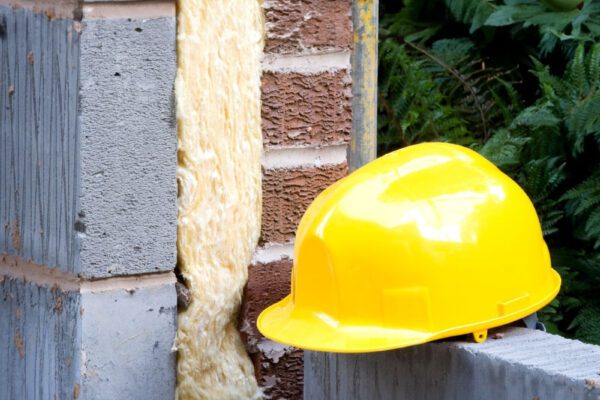Building a Better World
In 1966, a British planner called Maurice Broady came up with a new term for the architectural lexicon: Architectural determinism. This was to describe the practice of groundlessly asserting that design solutions would change behavior in a predictable and positive way.
Leon Battista Alberti, an Italian Renaissance-era architect, claimed in the 1400s that balanced classical forms would compel aggressive invaders to put down their arms and become civilians. Frank Lloyd Wright, the US architect who designed one of the most famous buildings in America, Fallingwater, similarly believed appropriate architecture would save the US from corruption and turn people back to wholesome endeavors.

British author and thinker Ebenezer Howard believed companies would be more efficient if their employees lived in village-like garden communities. Swiss-born French architect Le Corbusier made claims about how his Villa Savoye building in France would heal the sick – and when it did just the opposite, he only avoided court because of the commencement of the Second World War.
It took a long list of failures over the millennia before postmodern theorists took to critiquing architectural fantasy with malevolent vengeance. The high-point of this trend was the delight shared over the demolition of the famously dangerous and dysfunctional Pruitt-Igoe urban housing complex in St Louis in the US. It was designed by architects George Hellmuth, Minoru Yamasaki and Joseph Leinweber to provide “community gathering spaces and safe, enclosed play yards.” By the 1960s, however, it was seen as a hotspot for crime and poverty and demolished in the 1970s.
The loss of faith in architecture’s power has been regrettable. Architects’ well-meant fantasies once routinely provided clients with hope and sometimes even with results. Without this promise, the profession was left inept before the better structural knowledge of engineers, the cumulative restrictions imposed by generations of planners, the calculations of project-managers and the expediency of a draughtsman’s CAD (computer-aided design) skills in turning a client’s every whim into reality. But was determinism dismissed too soon?
ust think of some of the ways architecture can manipulate your own experience. US author Charles Montgomery points out that some environments predictably affect our moods. The fact is that environments do affect us, regardless of whether by design or by accident. In 2008, researchers in the UK found that a ten-minute walk down a South London main street increased psychotic symptoms significantly.
The potential for architecture is richer still. The ease with which architecture can embrace sublime aesthetics makes it great for generating awe. The psychological effects of architecture are difficult to prove, but difficulty doesn’t dilute the value of a building that hits the right notes and creates a sense of awe. Each building type has different functions, and for each there’s an imperative to use the building to help create an optimal mood, desire or sense of coherence, security or meaning.
To give architecture back its mojo, a new interest in how architecture changes us must be fostered. Clients have to learn to trust architects again and research funding bodies have to re-gear to encourage research into how buildings affect our mood, health and behaviors.






